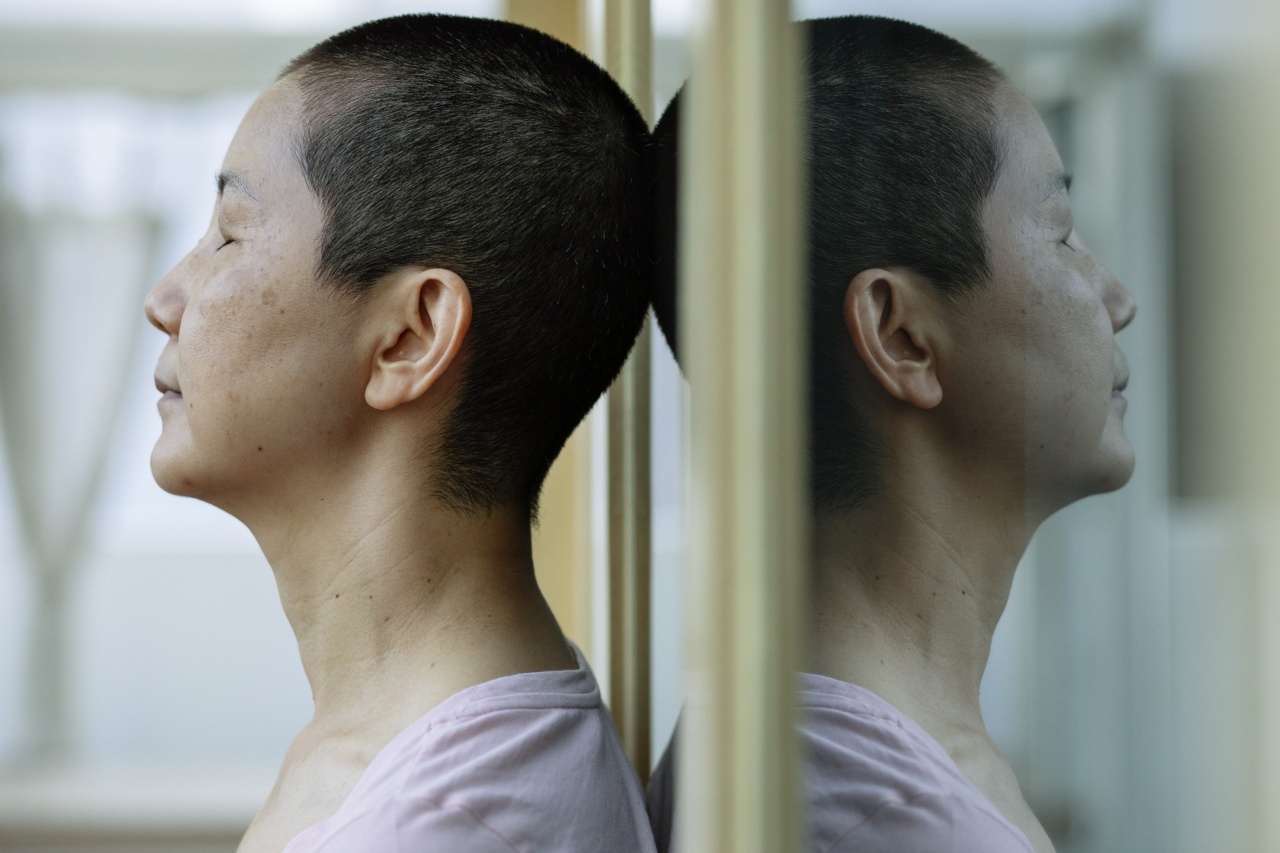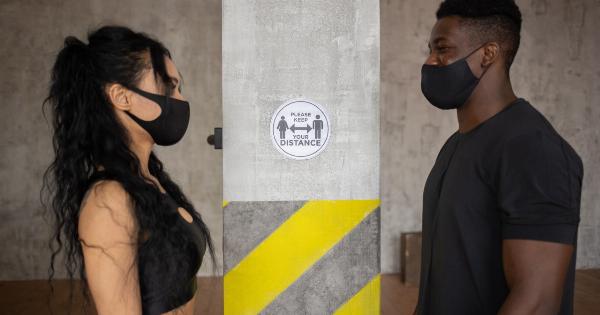Inflammation and pain are two common health issues that can greatly impact our daily lives. Whether it’s due to an injury, chronic condition, or underlying health problem, finding effective treatment options is crucial for our well-being.
While there are numerous medications available to manage inflammation and pain, local therapy has emerged as a promising approach to target these issues directly at the source.
The Science Behind Inflammation and Pain
Inflammation is a natural response triggered by our immune system to protect our body from harmful stimuli such as pathogens, irritants, or damaged cells.
It is essential for healing and recovery, but when it becomes chronic, it can lead to a host of health problems.
Pain, on the other hand, is our body’s way of signaling that something is wrong. It can range from acute and temporary discomfort to chronic and debilitating conditions such as arthritis or fibromyalgia.
Pain is often closely linked to inflammation, as the body’s inflammatory response can irritate nerves and tissues, leading to increased sensitivity and discomfort.
The Role of Local Therapy in Managing Inflammation and Pain
Local therapy involves the application of treatments directly to the affected area. This approach allows for targeted relief and minimizes potential side effects associated with systemic medications.
Local therapy can take several forms, including creams, gels, patches, injections, or physical therapies.
Topical Creams and Gels
One of the most common forms of local therapy is the use of topical creams and gels. These products are applied directly to the skin over the affected area, allowing the active ingredients to penetrate and provide relief.
Various over-the-counter and prescription creams are available, and they typically contain anti-inflammatory agents, analgesics, or a combination of both.
Nonsteroidal anti-inflammatory drugs (NSAIDs) are commonly found in topical creams and gels. These medications work by inhibiting the production of certain enzymes that contribute to inflammation.
They can effectively reduce pain, swelling, and stiffness in joints affected by conditions like arthritis.
Counterirritants, such as menthol or camphor, are another common ingredient in topical products.
These substances create a cooling or warming sensation on the skin, which can distract from underlying pain and promote localized blood circulation, aiding the healing process.
Transdermal Patches
Transdermal patches are another popular form of localized therapy. These patches contain medication that is gradually released through the skin and into the bloodstream over a specified period.
By bypassing the digestive system, transdermal patches provide a more controlled and consistent delivery of medication.
In the context of inflammation and pain, transdermal patches are often utilized to provide continuous relief. They can be particularly helpful for individuals with chronic conditions like fibromyalgia or neuropathic pain.
Medications commonly used in transdermal patches include opioids, lidocaine, or specialized anti-inflammatory compounds.
Local Injections
In some cases, local therapy may involve injections directly into the affected area.
These injections deliver medications, such as corticosteroids or anesthetics, directly into the joint, muscle, or tissue to provide immediate pain relief and reduce inflammation. Local injections are commonly used for conditions like tendonitis, bursitis, or localized nerve pain.
Corticosteroids, often used in joint injections, work by suppressing the immune response and reducing inflammation.
They are particularly effective in managing conditions like rheumatoid arthritis or osteoarthritis, providing long-lasting relief and improving joint function.
Alternatively, anesthetics like lidocaine can be used for temporary pain relief. Lidocaine injections can help alleviate localized pain by blocking nerve signals, numbing the area, and preventing pain sensations from reaching the brain.
Physical Therapies
Physical therapies, such as heat or cold therapy, ultrasound, or electrical stimulation, can also be considered as local therapy options.
These treatments aim to reduce inflammation and pain by targeting the affected area through non-invasive techniques.
Cold therapy, often in the form of ice packs or cold compresses, can be effective in reducing swelling and relieving acute pain.
Cold temperatures help constrict blood vessels, limiting the flow of inflammatory substances to the area and numbing nerve endings, reducing discomfort.
Heat therapy, on the other hand, is commonly used for chronic conditions or muscle relaxation. Applying heat to the affected area increases blood flow, relaxes muscles, and promotes healing.
Hot packs, warm compresses, or warm water treatments are typical forms of heat therapy.
The Benefits of Local Therapy
Local therapy offers several advantages when it comes to managing inflammation and pain:.
- Targeted Relief: Local therapy delivers treatments directly at the site of inflammation and pain, providing faster and more focused relief.
- Reduced Side Effects: Since the treatments are applied locally, there is a lower risk of systemic side effects often associated with oral medications.
- Lower Dosages: Compared to systemic medications, local therapy often requires lower dosages to achieve the desired effect.
- Enhanced Convenience: Local therapies are often available over-the-counter, allowing individuals to manage their symptoms conveniently at home.
- Lower Dependency: Local therapy can help reduce the dependence on systemic medications, which may be necessary for individuals with chronic conditions.
Conclusion
Inflammation and pain can significantly impact our quality of life. While there are various treatment options available, local therapy has gained recognition for its targeted approach and ability to provide relief directly at the source.
Topical creams, transdermal patches, local injections, and physical therapies offer a range of options to manage inflammation and pain effectively. Consulting with healthcare professionals can help determine the most suitable local therapy based on individual needs and conditions.


























